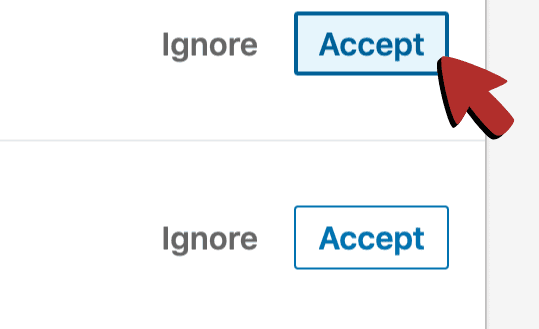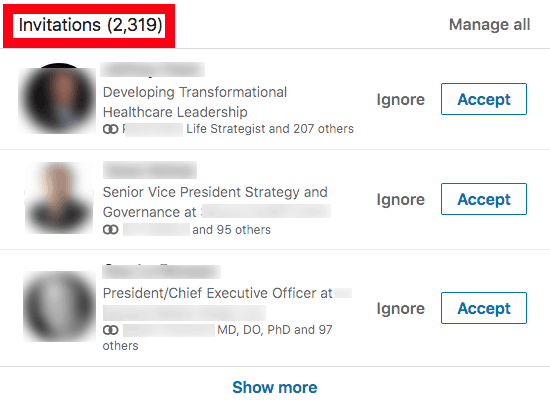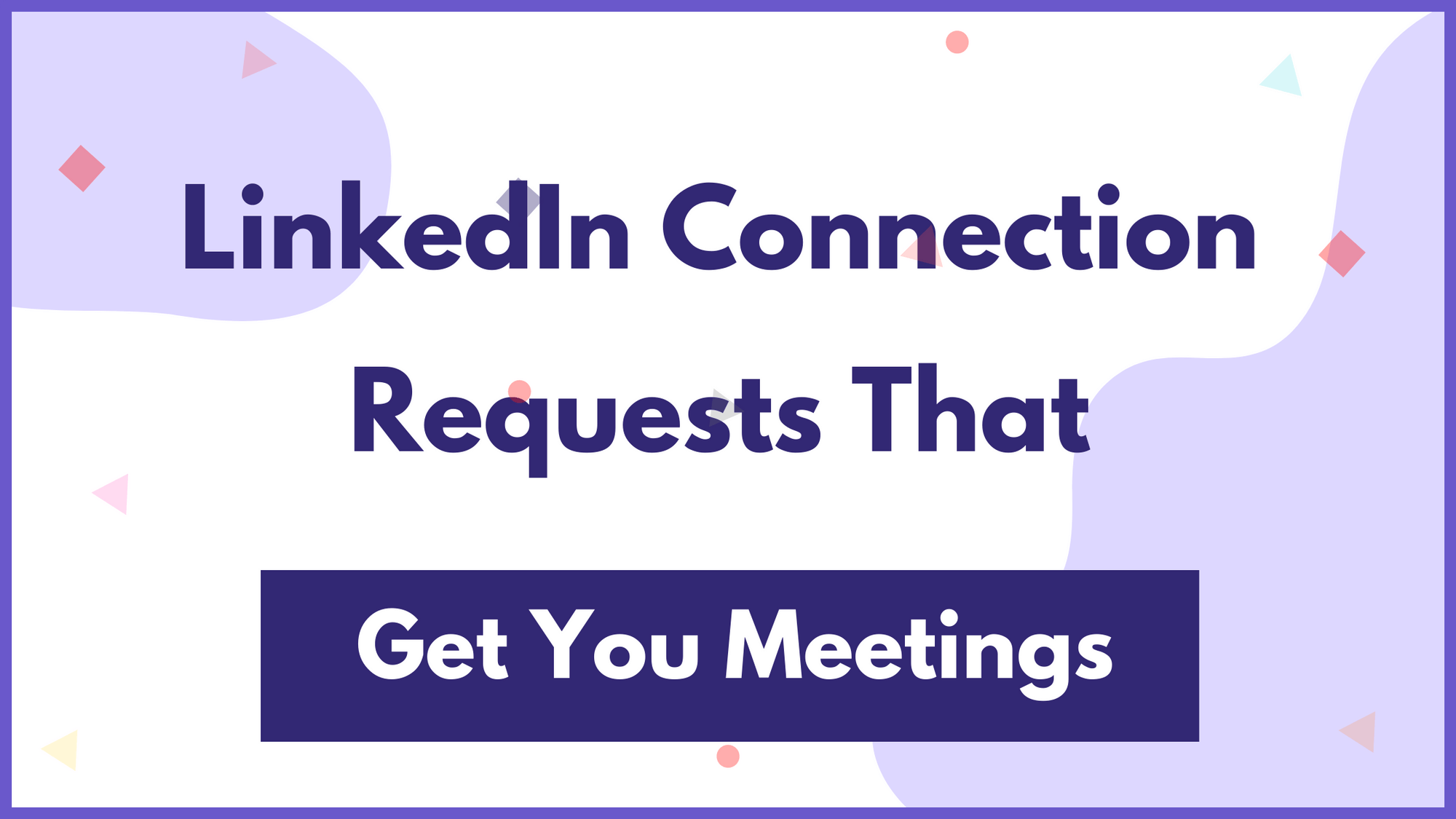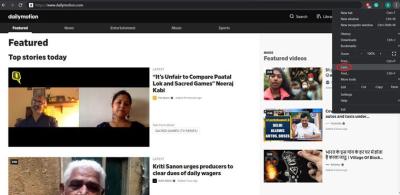LinkedIn has become a vital platform for professionals looking to expand their networks, showcase their skills, and discover new opportunities. One of the key features that facilitates networking on LinkedIn is the ability to send and receive connection requests. These requests help you connect with people in your industry, colleagues, or even potential employers. But how do you keep track of these requests? In this post, we're going to explore how to effectively check your
Accessing Your LinkedIn Notifications

Once you sign into your LinkedIn account, accessing your notifications, which includes connection requests, is straightforward. Here’s how you can do it:
- Step 1: Open LinkedIn
- Step 2: Navigate to the Notifications Icon
- Step 3: Click on the Notifications Icon
- Step 4: Filter for Connection Requests
- Step 5: Respond to Requests
Go to the LinkedIn website or open the LinkedIn app on your mobile device. Ensure you’re logged into your account.
Look for the bell-shaped icon typically found at the top right corner of your LinkedIn homepage. This icon represents the notifications section.
Once you click on the icon, a drop-down menu will appear. This menu displays all your notifications, including connection requests, likes, comments, and mentions.
In the notifications feed, filter through the messages to locate “Connection Requests”. If someone has sent you a request, it will be indicated here. You might see something like, "[Name] wants to connect with you."
From this list, you can choose to accept or ignore requests. Simply click the “Accept” button to connect or “Ignore” if you do not wish to connect.
By regularly checking your notifications, you can stay engaged with your network and ensure you’re making the most out of LinkedIn's networking capabilities!
Viewing Pending Connection Requests

When it comes to managing your LinkedIn connections, one of the first things you’ll want to do is check your pending connection requests. This is a vital part of maintaining your professional network, as it helps you keep track of who is trying to connect with you and ensures that you’re building your network thoughtfully.
To view your pending connection requests, follow these simple steps:
- Log in to your LinkedIn account.
- Navigate to the “My Network” icon located at the top of your homepage.
- Once there, you’ll see a section titled “Invitations” that displays all your pending requests.
- Click on “Manage” to view the full list of requests.
Now, you should see a list of individuals who have reached out to connect with you. This list is crucial because:
- Identifying Opportunities: You can recognize potential collaborations or job leads.
- Networking Strategically: Choose connections that align with your professional goals.
- Keeping Your Network Relevant: Don’t accept requests out of obligation; it’s essential to curate a meaningful network.
Remember, being selective about your connections can lead to more fruitful interactions down the line!
Accepting or Declining Connection Requests

Once you’ve taken the time to view your pending connection requests, the next step is deciding what to do with them. You might wonder, “Should I accept everyone?” Or “Is it okay to decline some requests?” The short answer is: it’s entirely up to you! Here’s how you can make informed choices when faced with these requests.
Here’s how to accept or decline connection requests:
- After viewing the pending requests in the “Invitations” section, you’ll notice two buttons beside each request: “Accept” and “Delete.”
- If you find someone you know or feel would add value to your network, go ahead and click on “Accept.”
- If you feel that a request is irrelevant or from someone you don't recognize, click “Delete” to remove it from your list.
It’s helpful to have a strategy in mind as you decide:
- Accept: Requests from colleagues, clients, industry leaders, or former classmates.
- Decline: Requests from individuals with incomplete profiles, unsolicited sales pitches, or those outside your industry.
By curating your connections, you foster a quality network that can offer you support, resources, and opportunities tailored to your aspirations. Remember, every connection represents a potential collaboration, so think carefully before hitting that “Accept” button!
5. Tips for Managing Your LinkedIn Connections
Managing your LinkedIn connections effectively is key to leveraging the platform for networking and professional growth. Here are some practical tips to help you maintain a well-curated network:
- Regularly Review Your Connections: Dedicate time each month to review your connections. This helps you stay updated on who is in your network and ensure that your list remains valuable and relevant.
- Engage with Your Connections: Don't just sit back and watch your feed! Like, comment, and share posts from your connections. This not only keeps you visible but also strengthens your relationships.
- Personalized Connection Requests: When sending connection requests, personalize them. A simple note about how you know the person or why you want to connect can make a huge difference.
- Organize Your Connections: Use LinkedIn's tagging and notes features (available in the premium version) to categorize your connections based on industries, interests, or other relevant criteria. This makes it easier to manage and engage with your network appropriately.
- Remove Inactive Connections: If you find that some connections never engage with your content or seem irrelevant, don’t hesitate to remove them. Quality over quantity is essential!
By implementing these tips, you'll create a more productive LinkedIn presence that boosts your professional image and opens up new opportunities.
6. Conclusion
In conclusion, checking and managing your LinkedIn connection requests is not just about growing your network; it's about building meaningful professional relationships that contribute to your career. Remember, each connection has the potential to provide opportunities, insights, and collaborations that can advance your professional journey.
To wrap it up:
- Stay proactive in reviewing and managing your requests.
- Engage with your existing connections to foster strong relationships.
- Be selective about who you connect with and focus on quality connections.
By following these strategies, you'll not only streamline your LinkedIn experience but also open the door to invaluable opportunities. So go ahead, take a moment to check those connection requests, and watch as new prospects unfold on your professional path!










